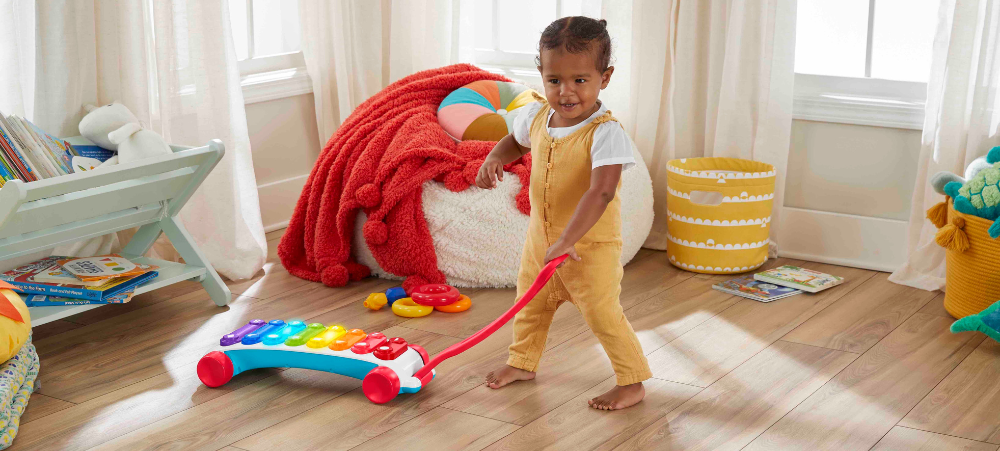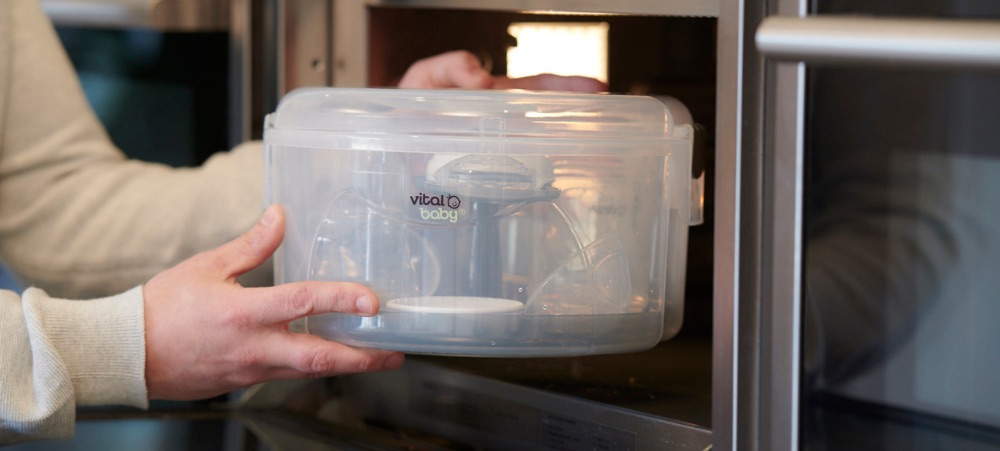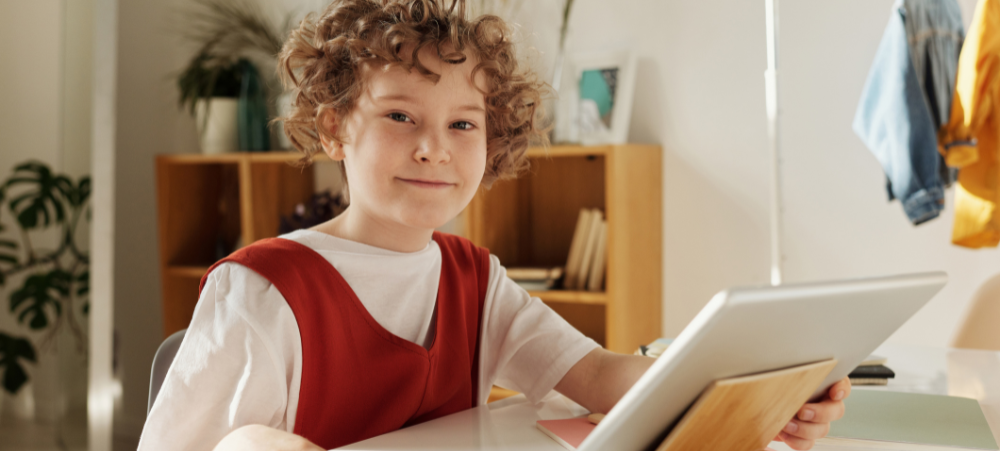
Impact Music has on Early Childhood Development
Music is a universal language that has the power to bring people together and evoke emotions. It has also been proven to have a significant impact on early childhood development. From improving cognitive skills to enhancing emotional and social development, music can play a vital role in a child’s growth and learning. Improves Cognitive Skills: One of the most significant impacts of music on early childhood development is its ability to improve cognitive skills. Music stimulates different parts of the brain, including those responsible for memory, language, and creativity. Studies have shown that exposure to music in early childhood can lead to improved memory, increased spatial-temporal skills, and enhanced creativity. Enhances Emotional Development: Another way music impacts early childhood development is by enhancing emotional development. Music has the power to evoke emotions and feelings, which can help children identify and express their own emotions. Listening to and playing music can also help children develop empathy, which is essential for healthy social interactions. Promotes Social Development: Music can also have a positive impact on a child’s social development. Learning to play an instrument or sing in a group requires cooperation, communication, and teamwork, which are all essential social skills. Music can also help children develop a sense of community and belonging, which can lead to increased self-esteem and confidence. Encourages Physical Development: Music can also have a significant impact on a child’s physical development. Dancing and moving to music can help develop gross motor skills, while playing instruments can help develop fine motor skills. This physical development can lead to improved coordination and overall physical fitness. Increases Language Development: Music can also play a vital role in a child’s language development. Singing and listening to music can help children develop phonological awareness, which is the ability to identify and manipulate sounds in language. This can lead to improved reading and writing skills, as well as better communication and language development overall. With so many benefits to music, encouraging your child to play an instrument and engage with the music is key. The Giant Light Up Xylophone toy from Fisher-Price is the perfect way to stimulate your child’s development. The classic musical instrument pull toy reaches exciting new heights with extra-large interactive and multi coloured light up buttons that activate 60+ songs, sounds and phrases as your baby “composes”. Smart Stages technology lets you switch up the play as your baby grows with 3 levels of learning songs and phrases that teach the alphabet, numbers, shapes and more.


































